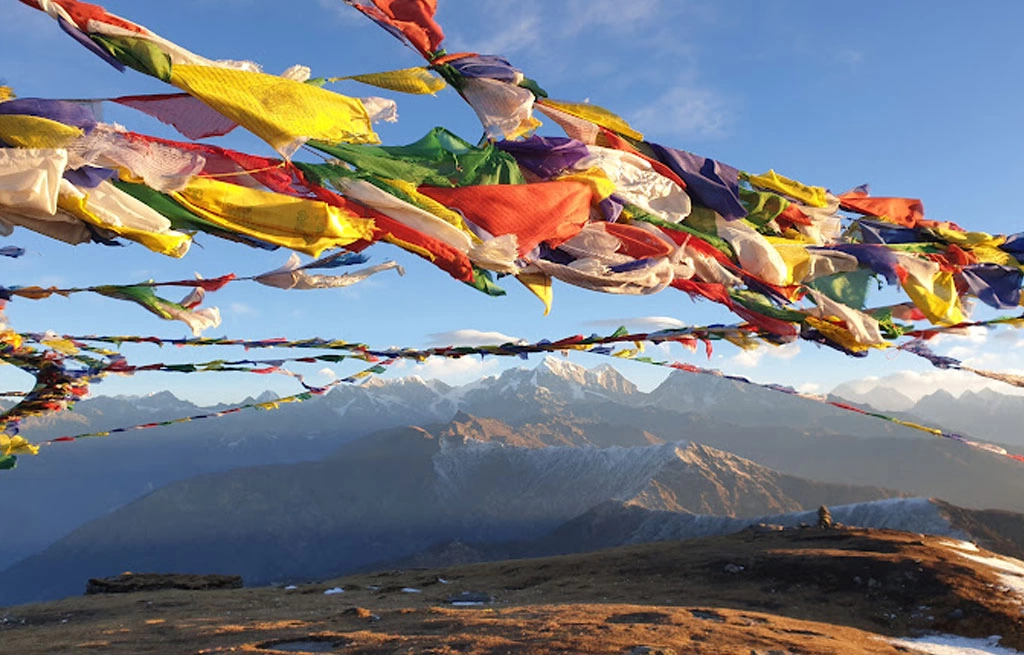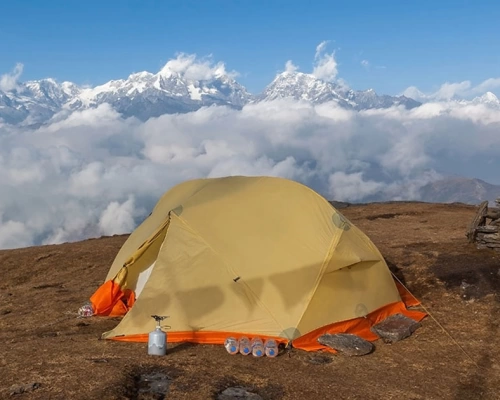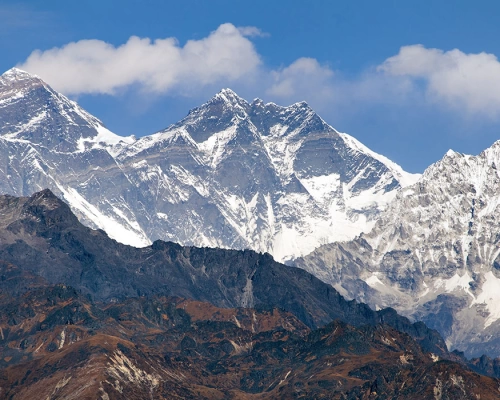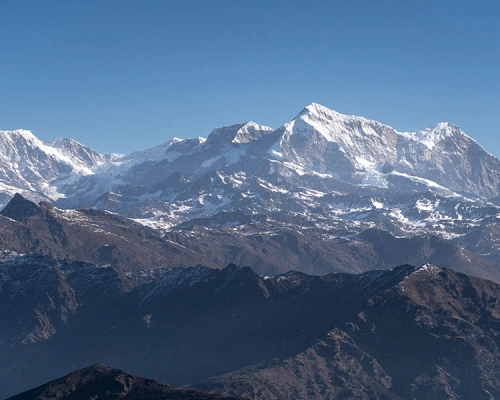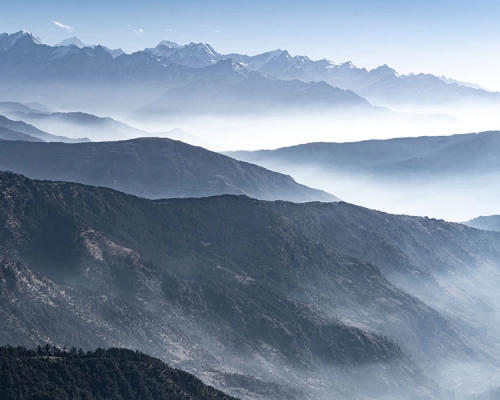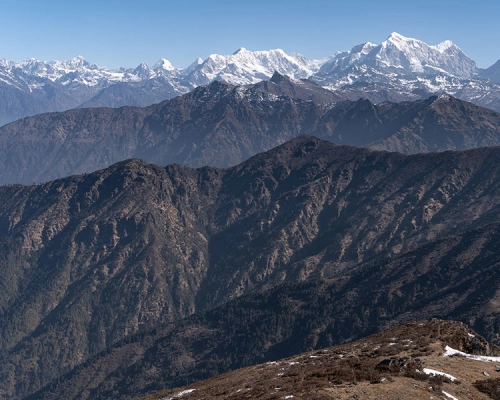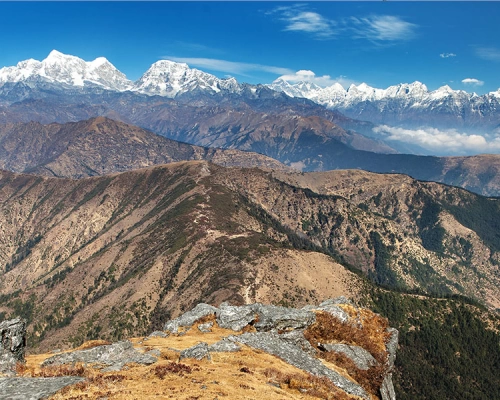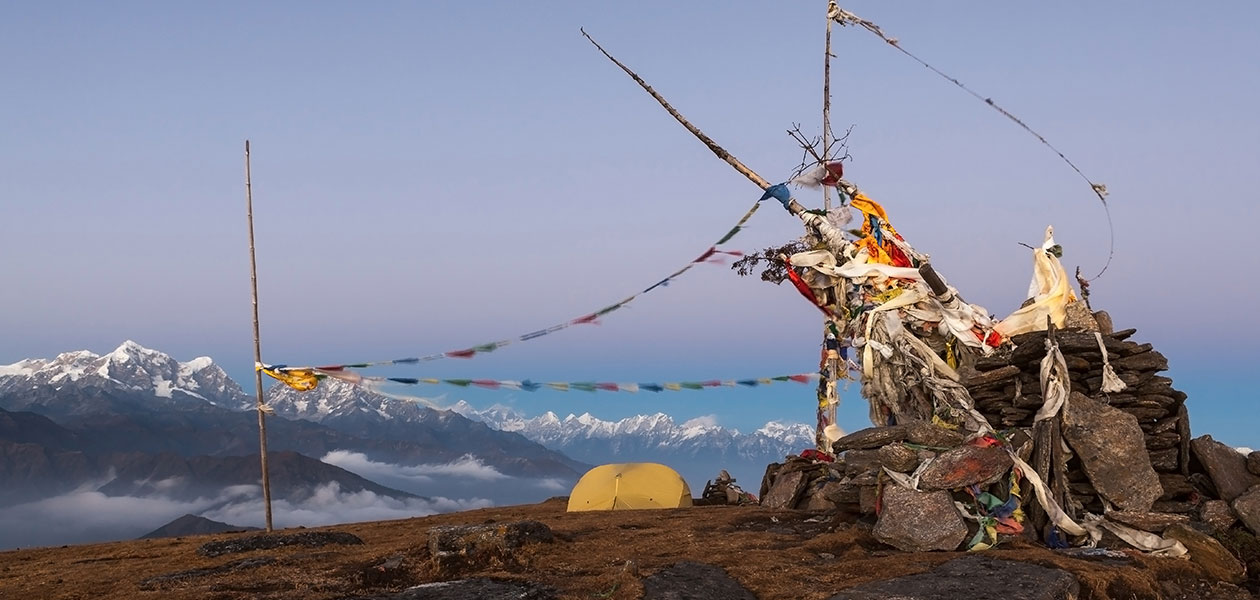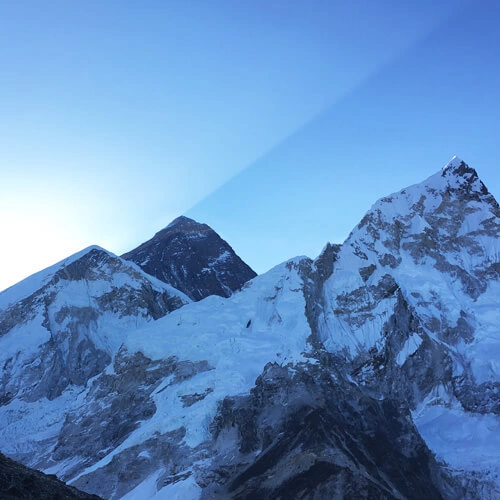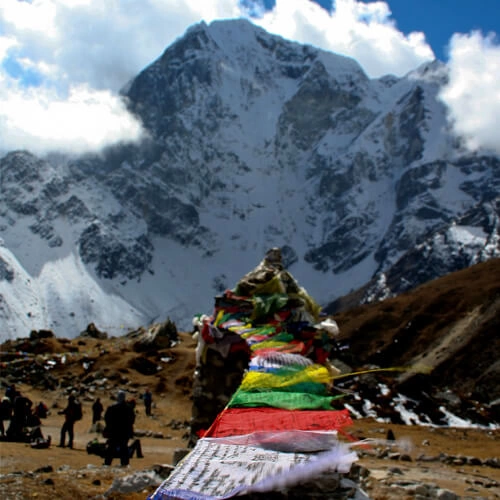Pikey Peak Trek is one of the most incredible short trekking adventures in Nepal. This newly introduced trekking route in the lower Everest region is growing in popularity for its off-beaten trekking trails farther from the mainstream route and panoramic views of the eastern Himalayan peaks. This trekking peak is considered one of the most spectacular viewpoints from which to admire the beauty of the tallest alpine peak on the planet, Mt. Everest (8,848.86 meters). This peak was the favorite spot of legendary mountaineer Sir Edmund Hilary, to enjoy the view of Everest.
Besides being one of the shortest mountain explorations in the Nepali Himalayas, the difficulty scale of this iconic trek is also pretty much on the milder side. As the journey is incredibly rewarding and there aren’t that many challenging aspects in this trek, it is perfect for trekking enthusiasts who are looking for an easy-going Himalayan journey. The enchanting landscape of the region, exploration of the national park and a conservation area, breathtaking Himalayan vistas, fascinating cultural experience, and the exploration in solitude away from the mainstream crowd, this undoubtedly is one of the most remarkable Himalayan odyssey.
Pikey Peak Trek Difficulty
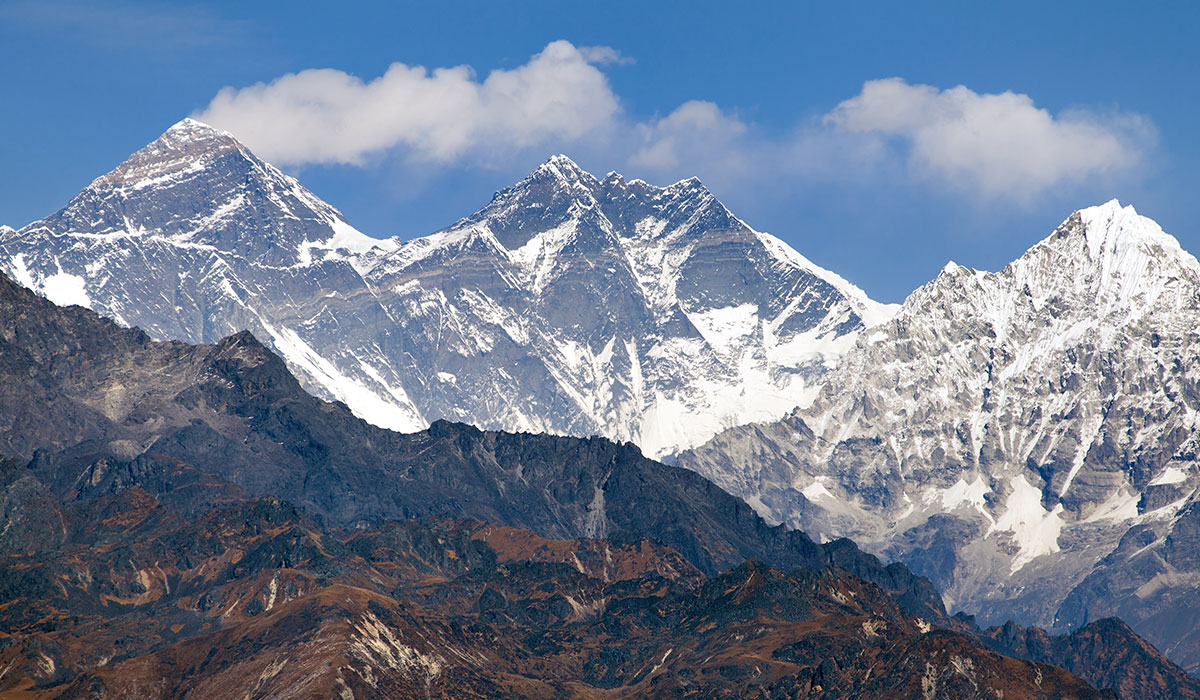
This exciting trekking adventure that takes place in the lower Everest region is considered one of the easiest and least demanding Himalayan endeavors. Pikey Peak Trek difficulty is just at a relatively easier to moderate level. This is one of the shortest and easiest trekking adventures in the Himalayas that doesn’t take you to significant altitudes on the mountain. There is also an absence of a technical section in the trekking route, and even beginner trekkers will complete this short trek without much of an issue.
Still, as this trek takes you to the maximum altitude of over 4,000 meters (alpine zone) at Pikey Peak Summit, you shouldn’t underestimate its challenges. It will be wise to prepare for this short and relatively easy trek like any other high-altitude journey in the Himalayas. The total trekking distance of this short Himalayan trek is about 50 km to 60 km (31 miles to 37 miles). You will need to walk at least 5 to 6 hours on average during the trekking period.
Similarly, even if the altitude gain is not that high on this trip, you will still traverse across the region above 3,500 and 4,000 meters. So, even if the risk of altitude sickness is pretty low on this route, you should still take its precautionary methods and acclimatization seriously.
How to Train for Pikey Peak Trek?

Like any other high-altitude trekking adventure in the Himalayas, you should train for the trekking to Pikey Peak in a similar manner. You should consider training for at least 3 to 6 weeks for this trip and stay consistent with your training, allotting a specific time from your daily schedule. If you are not that active physically, you can also extend the training period as per your requirements after assessing your physical capabilities.
Practice hikes are considered one of the most effective ways to prepare for the Himalayan treks. Select the steep hiking section close to you and carry your backpack for your hike. This will not only give you the opportunity to test your gear but will also help you understand the overall trek difficulty and what aspects you need to improve. Your other part of training should emphasize developing your strength, endurance, and stamina aspects.
Strength and Endurance Exercises: Push Up, Squat, Weightlift, Plank, Pull Up, Overhead Press, Bicep Curl, Dip, Front Raise, Calf Raise, Leg Press, etc
Stamina Exercises: Jogging, Cycling, Swimming, Dancing, Jumping Rope, Mountain Climber, Jumping Jack, Burpee, etc
Best Time for Trek
Pikey Peak Trek is a low-altitude and short trekking adventure in the lower Everest region. This trek route is easily accessible via a driving route and doesn’t require flights like the mainstream Everest Base Camp Trek, where you need to take a flight to Lukla from Kathmandu. So, this trek can be pretty much done throughout the year in different climatic conditions. However, for the comfortable and memorable, the peak points of the year, autumn (September to November) and spring (March to April), still take the crown home.
Spring is nature’s season, and the landscapes are decorated with colorful flowers during this period. Your everyday exploration will unveil new aspects of Himalayan beauty, and it is also the most appropriate to explore the Himalayan flora of the protected areas in the region. Similarly, the autumn season is particularly popular for the most ideal climatic setting. Days in this season are generally clear, the temperatures pleasant, the walking trails are dry and comfortable, and most of all, this season is the best period for experiencing the cultural side of the country.
This trek can also be done in the off-season/low seasons, like monsoon (June to August) and winter (December to February). However, during the monsoon season, the wet and slippery trails due to continuous rainfall can be challenging. You will need the right gear and rain-proof layers to overcome the challenges of the rainy season. As for the winter, the temperatures are extremely cold at higher altitudes. It is not possible to trek in this season without thick layers and gear to keep yourself warm. Get more insight on the Best Time for Pikey Peak.
Who Can Do This Trek?
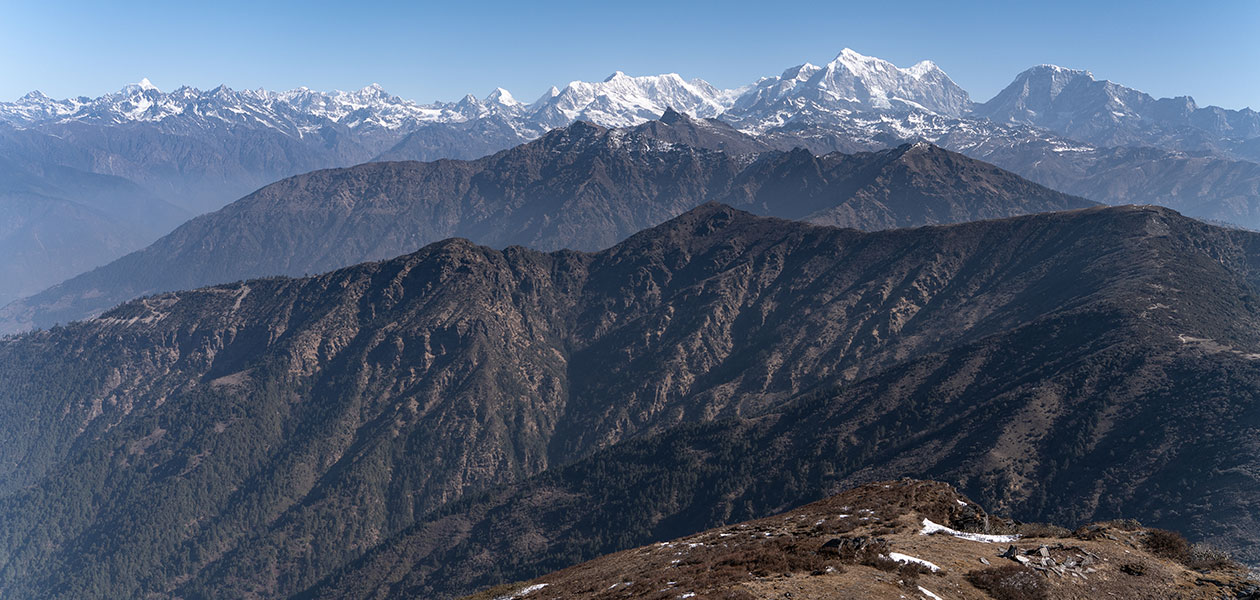
As the difficulty level of trekking Pikey Peak Nepal is on the relatively easier side, and it is one of the shortest Himalayan trekking adventures, pretty much anyone can take part in this excursion. There aren’t any physically challenging and strenuous segments along the way, so overcoming the milder trail won’t be a challenge, even for a diverse age group. A good health condition and general fitness will be enough to truly relish this remarkable Himalayan endeavor.
Considering other high-altitude journeys, the trekking distance is also not that significant in this trek, and the itinerary plans are designed for slow-paced walking. So, covering the walking distance won’t be a problem; trekkers will also get enough rest breaks along the way. As for the altitude gain, you will get enough time to acclimatize before climbing to higher regions. So, you don’t have to worry about the risk of altitude sickness and exhaustion during your trip.
The success rate of Pikey Peak Trek is an absolute 100%, and there are no age restrictions on this trek. There are no high passes on the trail and no significant alpine altitudes besides the summit of Pikey Peak. So, anyone determined and willing to put some effort into training will be able to complete this trek quite easily.
